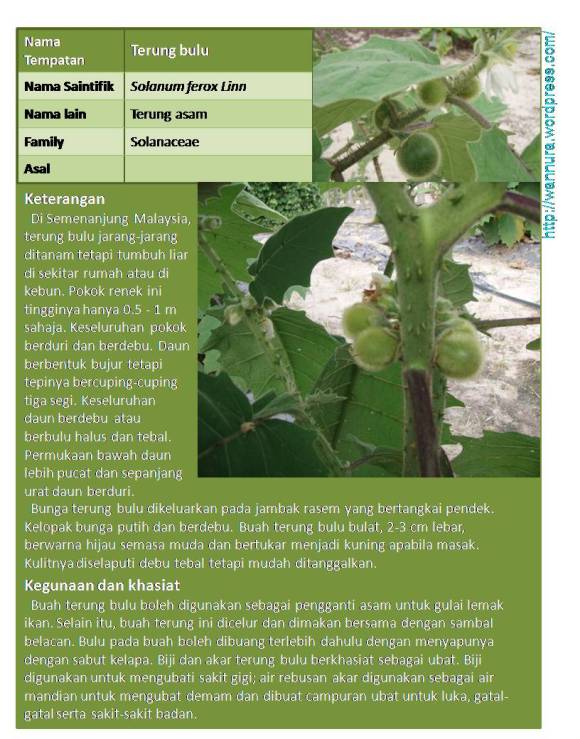[amazon_link asins=’B00THPD0UG,B01CP5VW36,B01EET8N6A,B01GXNGXIK,B000XAI5JK,B00ITPVV2E,B01NASAQ63,B003X402U8,B00TGDO9AE’ template=’ProductCarousel’ store=’finmeacur-20′ marketplace=’US’ link_id=’d0441d4b-4b93-11e7-889f-4fc69b5fc464′]
[amazon_link asins=’B01LYGRD9Y’ template=’ProductCarousel’ store=’finmeacur-20′ marketplace=’US’ link_id=’a11d3196-4b93-11e7-af4a-951098c77e36′]
[amazon_link asins=’B0014DUXNG,B002RS6JSA,B00103DUZS,B002RS6JTE,B000VTTC4U,B000EM9D98,B000N2F3CK,B003F2T0M4,B01GVXEDKC’ template=’ProductCarousel’ store=’finmeacur-20′ marketplace=’US’ link_id=’7217136d-4b93-11e7-8683-53f76c56df2a’]
Botanical Name :Zanthoxylum alatum Roxb.
Family : Rutaceae
Subfamily:Toddalioideae
Genus: Zanthoxylum
Kingdom:Plantae
Order: Sapindales
Family: Rutaceae
Scientific names :-Zanthoxylum alatum Roxb. ,Zanthoxylum armatum DC. ,Zanthoxylum americanum
Common names:Chi-it (Ig.),Sibit-paklauit (Ig.),Chinese pepper (Engl.),Prickly ash (Engl.) ,Toothache tree (Engl.) ,Yellow wood (Engl.) ,Suterberry (Engl.),Hua jiao (Chin.)
Habitat :Chi-it is found in the Islands only in Benguet, Luzon, in thickets about limestone cliffs and bowlders, at an altitude of 1,300 to 1,500 meters. It is also reported to occur in India to southeastern China.
Description:
.This is a deciduous Shrub growing to 4 m (13ft 1in) or small tree, which is almost entirely smooth and has a strong aromatic smell. The bark, which is corky, has conspicuous young stems with thick conical prickles rising from a corky base. The spines are shinning and sharp and grow on branchlets. The leaves are alternate, with commonly 2 to 6 pairs of leaflets. The petioles and rachis are narrowly winged. The leaflets are elliptic-lanceolate, 2 to 8 centimeters long and 1 to 1.8 centimeters wide. The flowers are small, yellow, usually unisexual, and borne in dense lateral panicles. The fruit is usually a solitary carpel dehiscing ventrally, about 3 millimeters in diameter, tubercled, red, and strongly aromatic.
You may click to see the pictures
It is hardy to zone 6. The flowers are dioecious (individual flowers are either male or female, but only one sex is to be found on any one plant so both male and female plants must be grown if seed is required)The plant is not self-fertile.
Cultivation:
Prefers a good deep well-drained moisture retentive soil in full sun or semi-shade. This species is closely related to Z. planispinum. Flowers are formed on the old wood. Dioecious. Male and female plants must be grown if seed is required.
Propagation ;-
Seed – best sown in a greenhouse as soon as it is ripe in the autumn. Stored seed may requires up to 3 months cold stratification, though scarification may also help. Sow stored seed in a cold frame as early in the year as possible. Germination should take place in late spring, though it might take another 12 months. Prick out the seedlings into individual pots when they are large enough to handle and grow them on in a cold frame for their first winter. Plant them out in early summer. Cuttings of half-ripe wood, July/August in a frame. Root cuttings, 3cm long, planted horizontally in pots in a greenhouse. Good percentage. Suckers, removed in late winter and planted into their permanent positions.
Edible Uses :
The seed is ground into a powder and used as a condiment. A pepper substitute, it is widely used in the Orient. A light roasting brings out more of the flavour. The seed is an ingredient of the famous Chinese ‘five spice’ mixture. The fruit is rather small but is produced in clusters which makes harvesting easy. Each fruit contains a single seed. Young leaves are used as a condiment.
Constituents:
*Bark yields a bitter crystalline principle, identifcal to berberine, and a volatile oil and resin. The carpels yield a volatile oil, resin, a yellow acid principle, and a crystalline solid body, xanthoxylin.
*Carpels of the fruit yield an essential oil which is isomeric with turpentine ahd like eucalyptus oil in odor and properties.
*The bark contains berberine.
*The essential oil from the seeds consists entirely – over 85% – of the hydrocarbone 1-a-phellandrene and also a small quantity of linalool and an unidentified sesquiterpene.
*Bark yields active compounds: alkaloids (g-fagarine, b-fagarine, magnoflorine, laurifoline, nitidine, chelerythrine, tambetarine and cadicine), coumarins (xanthyletin, zanthoxyletin, alloxanthyletin), and resin, tannin and volatile oil.
Properties:
Fruit considered antiseptic, carminative, disinfectant, deodorant, stomachic.
Sino-Annamites consider the leaves and fruit as carminative, sudorific, emmenagogue and astringent.
Medicinal Uses:
Parts used ; Bark, seeds, fruits, leaves.
Odontalgic; Stimulant; Stomachic; Tonic; Miscellany.
The seeds and the bark are used as an aromatic tonic in the treatment of fevers, dyspepsia and cholera. The fruits, branches and thorns are considered to be carminative and stomachic. They are used as a remedy for toothache.
Folkloric;
*Decoction or infusion of bark and seeds used as an aromatic tonic in fevers, dyspepsia, and cholera.
*Fruit, as well as the branches and thorns, used as a remedy for toothache; also, as carminative and stomachic.
*Elsewhere, used for asthma, bronchitis, cholera, fever, indigestion, toothaches, varicose veins and rheumatism.
Studies
• Phenolic Constituents: Study isolated two new phenolic constituents from the seeds – 3-methoxy-11-hydroxy-6,8-dimethylcarboxylate biphenyl and 3,5,6,7-tetrahydroxy-3′,4′-dimethoxyflavone-5-?-d-xylopyranoside along with five known compounds.
• Antifungal / Insect Repellent: Essential oil of the fruits of ZA showed repellent activity against insect Allacophora foveicollis and fungistatic activity against 24 fungi, including aflatoxin-producing strains of A flavus and A parasiticus.
• Hepatoprotective: Study of the ethanolic extract of leaves of Z armatum on CCl4-induced hepatotoxicity in rats showed significant decrease in liver enzymes and liver inflammation, supported by histopath studies on the liver. Results exhibited significant hepatoprotective activity.
• Insecticidal: Study of the essential oil of Zanthoxylum armatum showed high and rapid poison activity on Aedes albopictus and Culex quinquefasciatus, showing a potential as natural insecticides against mosquitoes.
Other Uses :
Miscellany; Teeth; Wood.
The fruit contains 1.5% essential oil. The fruit is used to purify water. Toothbrushes are made from the branches. Wood – heavy, hard, close grained. Used for walking sticks.
Disclaimer:
The information presented herein is intended for educational purposes only. Individual results may vary, and before using any supplements, it is always advisable to consult with your own health care provider.
Resources:
http://www.pfaf.org/user/Plant.aspx?LatinName=Zanthoxylum%20alatum
Click to access chi-it.pdf
http://www.stuartxchange.com/Chi-it.html
http://www.ogrodnick.pl/opisy/zanthoxylum_alatum_opis.htm
https://en.wikipedia.org/wiki/Zanthoxylum
































